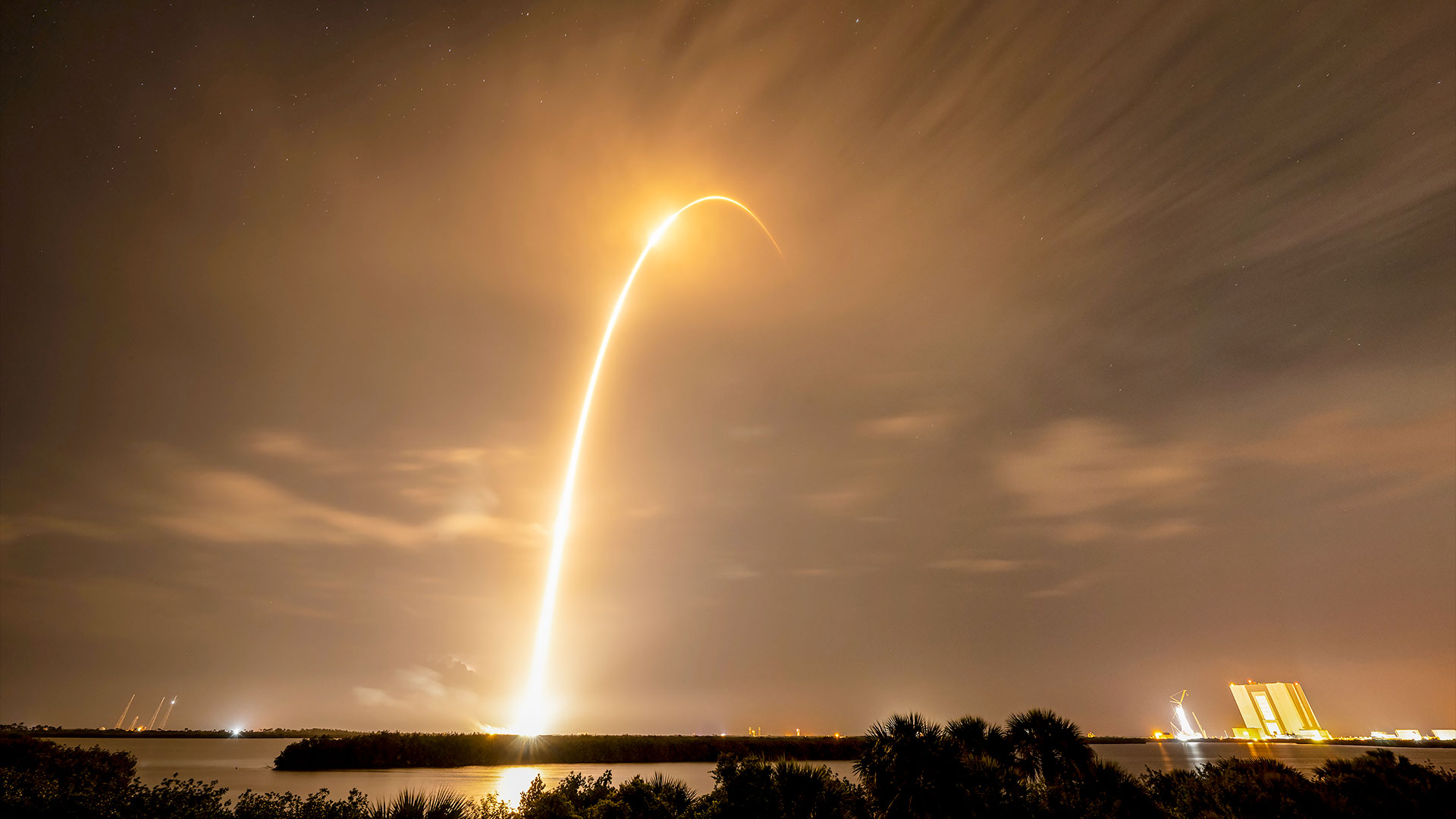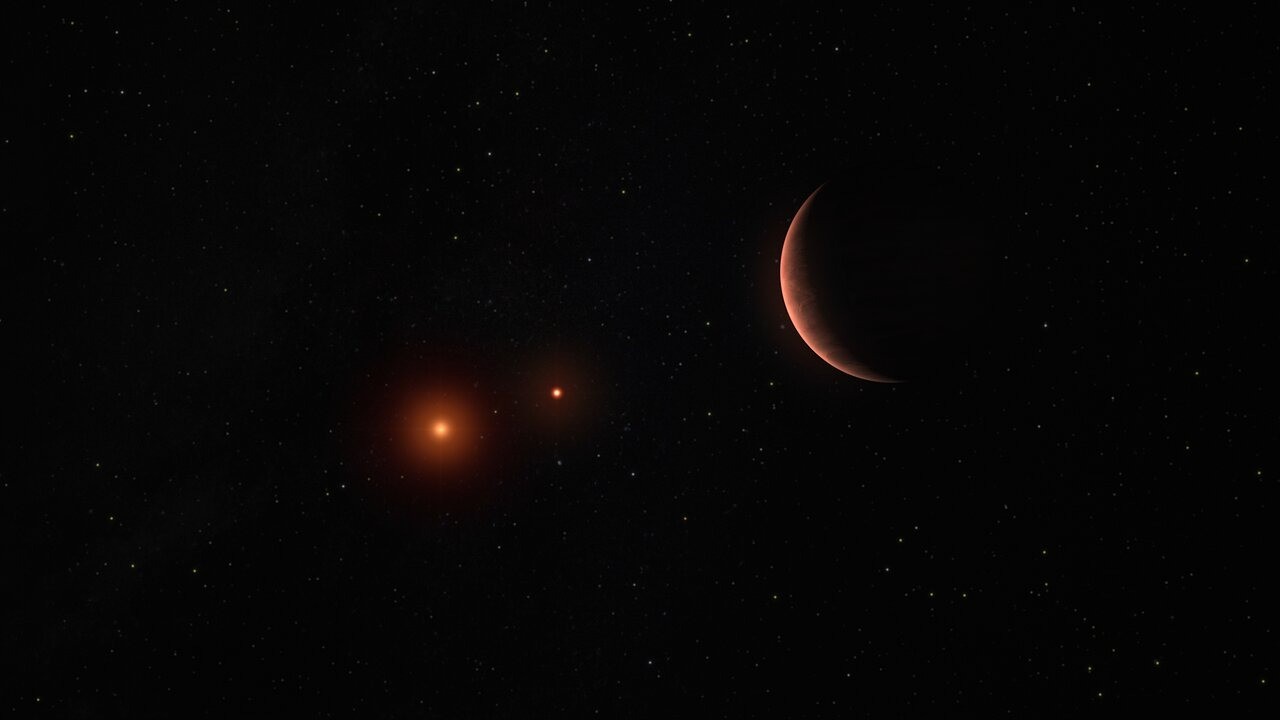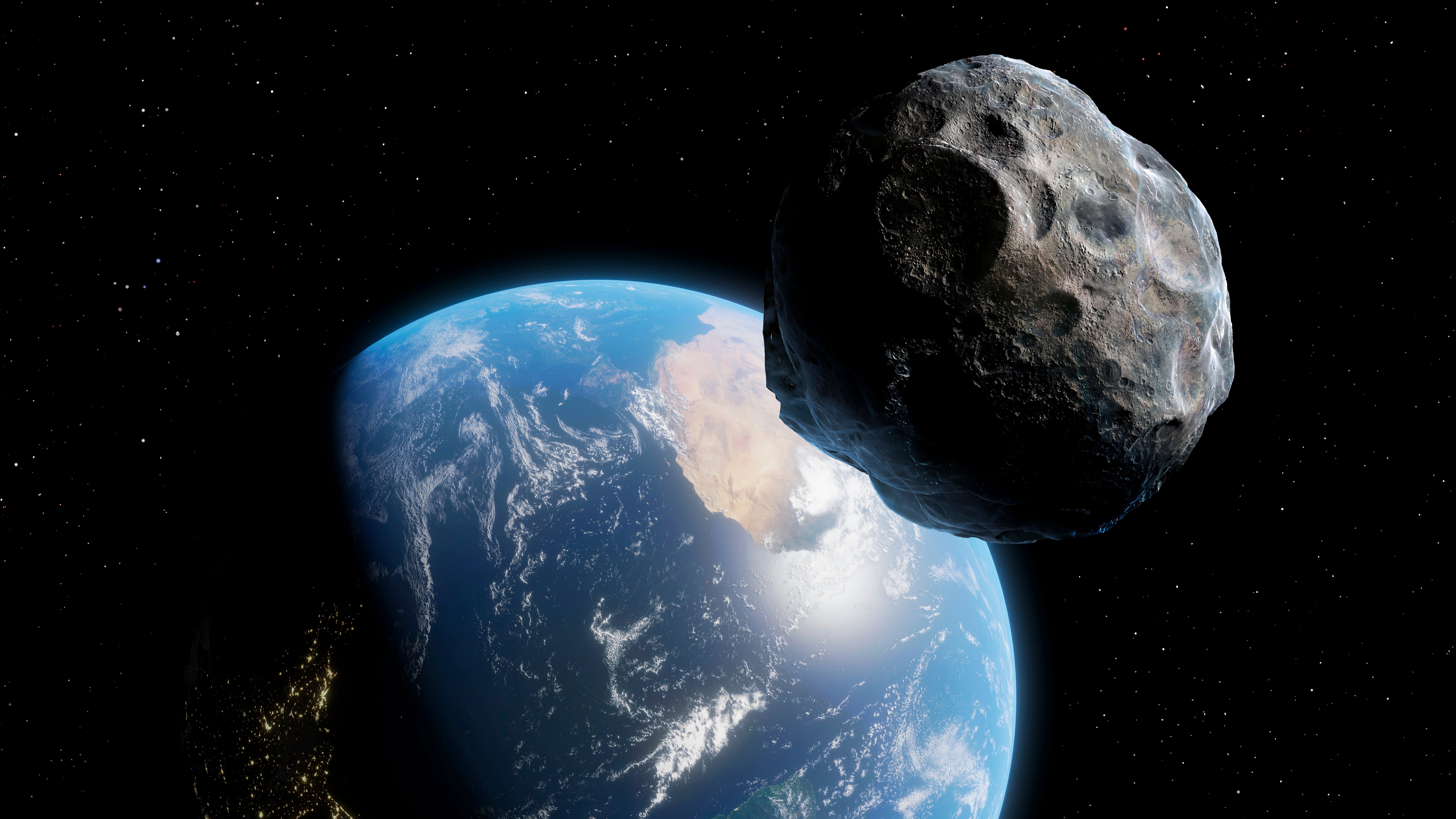Electrically charged specks of interstellar dust organize into DNA-like double helixes and display properties normally attributed to living systems, such as evolving and reproducing, new computer simulations show.
But scientists are hesitant to call the dancing dust particles "alive," and instead say they are just another example of how difficult it is to define life.
Plasma life
The computer model, detailed in the Aug. 14 issue of the New Journal of Physics, shows what happens to microscopic dust particles when they are injected into plasma.
Plasma is the fourth state of matter along with solids, liquids and gases. While unfamiliar to most people, plasma is the most common phase of matter in the universe. It's everywhere: Stars are luminous balls of plasma, and diffuse plasma pervades the space between stars. Plasma forms when gas becomes so hot that electrons are stripped from atomic nuclei, leaving behind a soup of charged particles.
Past studies on Earth have shown that if enough particles are injected into a low-temperature plasma, they will spontaneously organize into crystal-like structures.
The new computer simulations suggest that in the gravity-free environment of space, the plasma particles will bead together to form string-like filaments that then twist into corkscrew shapes. The helical strands resemble DNA and are themselves electrically charged and attracted to one another.
Get the Space.com Newsletter
Breaking space news, the latest updates on rocket launches, skywatching events and more!
The computer-modeled plasma particles can also divide to form two copies of the original structure and even "evolve" into more stable structures that are better able to survive in the plasma.
"These complex, self-organized plasma structures exhibit all the necessary properties to qualify them as candidates for inorganic living matter," said study team member V.N. Tsytovich of the Russian Academy of Science.
Is it alive?
Nevertheless, Tsytovich's colleague and study team member, Gregor Morfill of the Max Planck Institute for Extraterrestrial Physics in Garching, Germany, is hesitant to call the plasma particles alive.
"Maybe it's a question of upbringing," Morfill said in a telephone interview. "I would hesitate to call it life. The reason why we published this paper is not because we wanted to suggest this could evolve into life, but because we wanted to start the discussion … once more of what exactly do we mean by life."
Seth Shostak, a senior astronomer at the SETI Institute in Mountain View, California, also was cautious in calling the particles alive. "The facts are, we still don't have a good definition of what 'life' is," Shostak told SPACE.com.
Shostak points out that while most high-school biology textbooks include as requirements for life the ability to metabolize and reproduce, it's easy to think of things that break these rules. Fire, for example, reproduces and metabolizes, but most people would not say it is alive; and mules, which are clearly alive, can't reproduce.
"We still stumble on what it means to be alive, and that means that these complex molecules are in a never-never land between the living and the merely reacting," Shostak added.
If the particles were considered alive though, Shostak said, it would completely overturn another common assumption about life.
"We've always assumed that life was a planetary phenomenon. Only on planets would you have the liquids thought necessary for the chemistry of life," he said. "So if you could have life in the hot gases of a star, or in the hot, interstellar gas that suffuses the space between the stars, well, not only would that be 'life as we don't know it' but it might be the most common type of life."
- The Strangest Things in Space
- Ten Alien Encounters Debunked
- Alien Life Might Arise Quickly, Study Suggests
Join our Space Forums to keep talking space on the latest missions, night sky and more! And if you have a news tip, correction or comment, let us know at: community@space.com.
Ker Than is a science writer and children's book author who joined Space.com as a Staff Writer from 2005 to 2007. Ker covered astronomy and human spaceflight while at Space.com, including space shuttle launches, and has authored three science books for kids about earthquakes, stars and black holes. Ker's work has also appeared in National Geographic, Nature News, New Scientist and Sky & Telescope, among others. He earned a bachelor's degree in biology from UC Irvine and a master's degree in science journalism from New York University. Ker is currently the Director of Science Communications at Stanford University.









